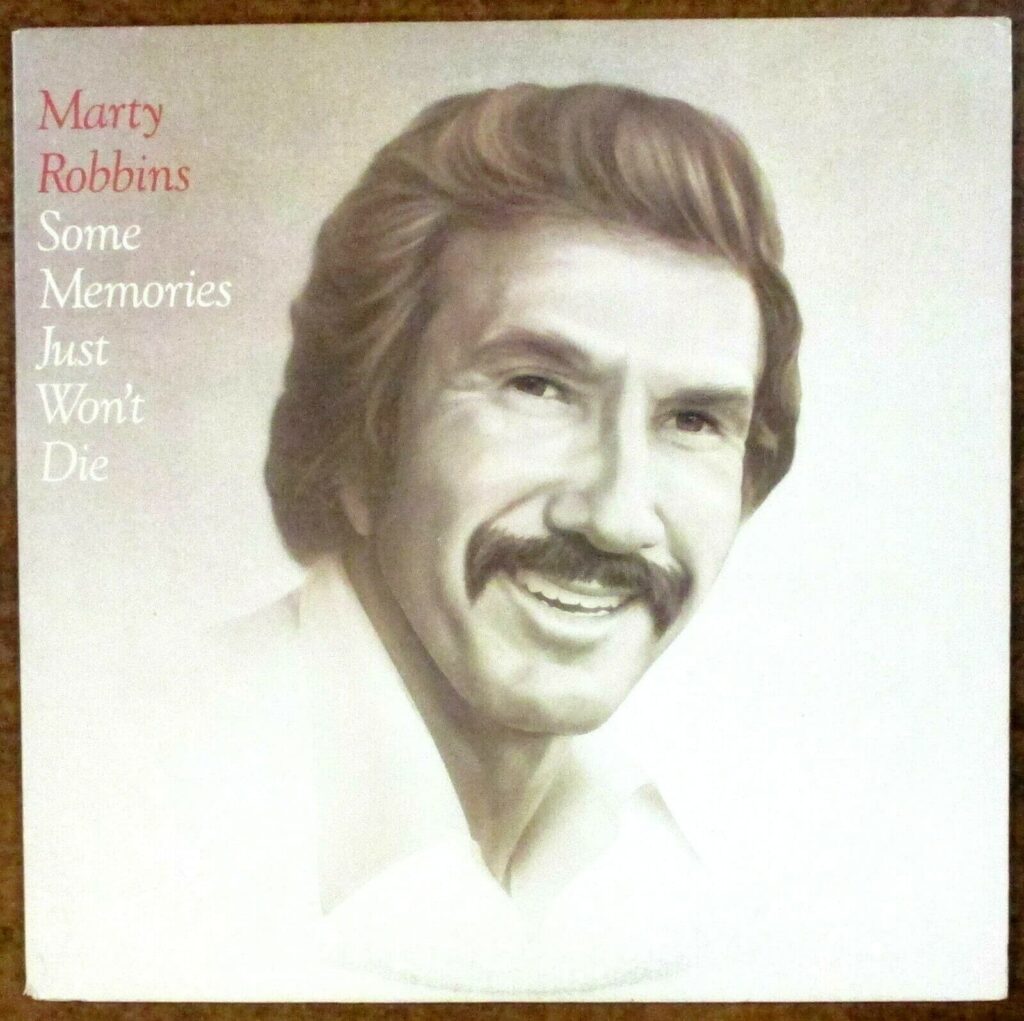
Marty Robbins -“A Man and a Train”: The Enduring American Dream on a Rail, Sung with Poetic Grandeur
There is an entire genre of American music devoted to the lore of the rails—the rhythm, the romance, the relentless, uncompromising journey. Yet, when Marty Robbins, the definitive master of the narrative ballad, approached the subject, he didn’t just sing about a train; he used it as a powerful, elegant metaphor for the indomitable human spirit. The song “A Man and a Train” is a spectacular example of Robbins’ late-career artistry, showcasing his smooth vocal delivery matched with cinematic storytelling.
This deeply philosophical song was released in 1973 as a single on MCA Records and was included on his album titled simply Marty Robbins (sometimes also referred to as Twenty-Four Classic Tracks or Marty Robbins Sings). However, its true significance lies in its connection to Hollywood: “A Man and a Train” served as the theme song for the gritty 1973 adventure film, Emperor of the North Pole, starring Lee Marvin and Ernest Borgnine. This pairing was a perfect fit, as the film told the story of a battle of wills between a tramp (“A-No.-1”) and a harsh freight train conductor (“Shack”) during the Great Depression. The song’s theme of defiant endurance perfectly encapsulated the movie’s mood.
While its initial chart run was modest compared to his earlier chart-topping Western hits, it certainly made an impression. The single release of “A Man and a Train” peaked at No. 40 on the Billboard Hot Country Singles chart in 1973. However, its lasting legacy is cemented by its thematic weight and its association with a well-regarded classic film, ensuring it endured in the memory of those who appreciated both Robbins’ unique voice and the dramatic scope of the Old West and Americana stories he championed.
The true beauty and meaning of “A Man and a Train” lie in the sophisticated lyrics, which were written by the legendary Hal David (of Bacharach/David fame) with music by Frank De Vol. The song sets up a brilliant comparison, contrasting the limitations of the machine—the train—with the limitless potential of the human being—the man.
The train, for all its power and speed, is ultimately bound by iron and logistics: “The minute that a train runs out of steam it’s gotta stop… When a train runs out of track, it has to stop and turn around and then start headin’ back.” But the man, as Robbins sings in his signature, velvety-smooth baritone, is bound by something far less tangible, yet infinitely stronger: a dream. “But it’s a different story when a man runs out of steam, he still can go a long, long way on nothin’ but a dream.”
This sentiment resonates profoundly with an older generation who understands that life’s journey isn’t always smooth track and high steam. It’s the conviction that when physical strength wanes or resources dry up, it is the spirit, the dream, the sheer will to endure—the “nothin’ but a dream”—that keeps a person moving across a country, or simply across the long, slow stretch of years. The message is one of triumphant individualism and quiet resilience.
Hearing Marty Robbins deliver these words is a special experience. He doesn’t belt them out; he inhabits the character of the wanderer, the dreamer, the man who knows his own worth. The rich, orchestral arrangement of the track—a hallmark of the sophisticated Nashville sound of the era—supports his voice perfectly, giving the song the grandeur of a sweeping landscape painting. It is an ode to the American archetype, the individual spirit of self-reliance, and a beautiful declaration: “I’ve got a dream, a beautiful dream, and that makes me a man!”